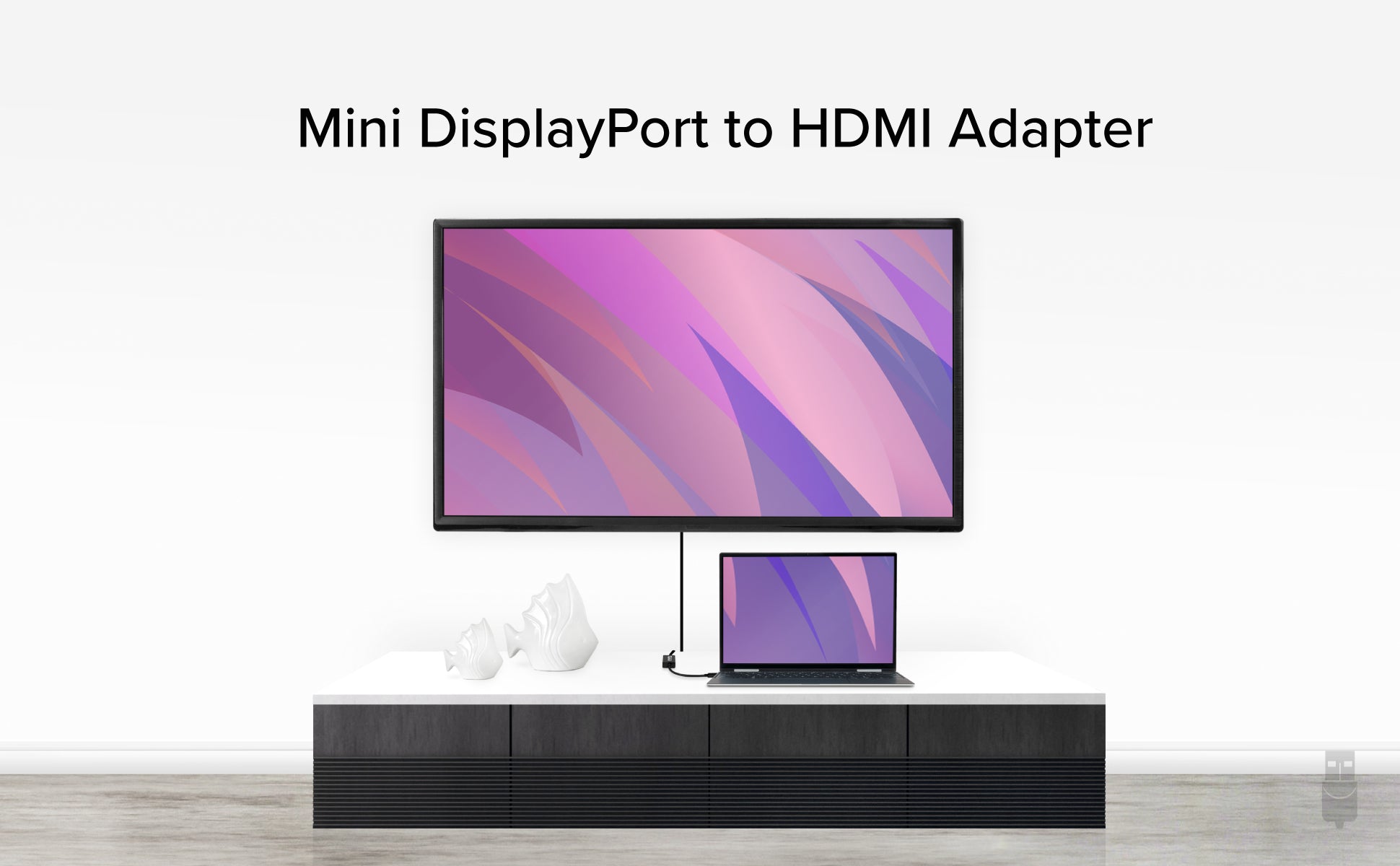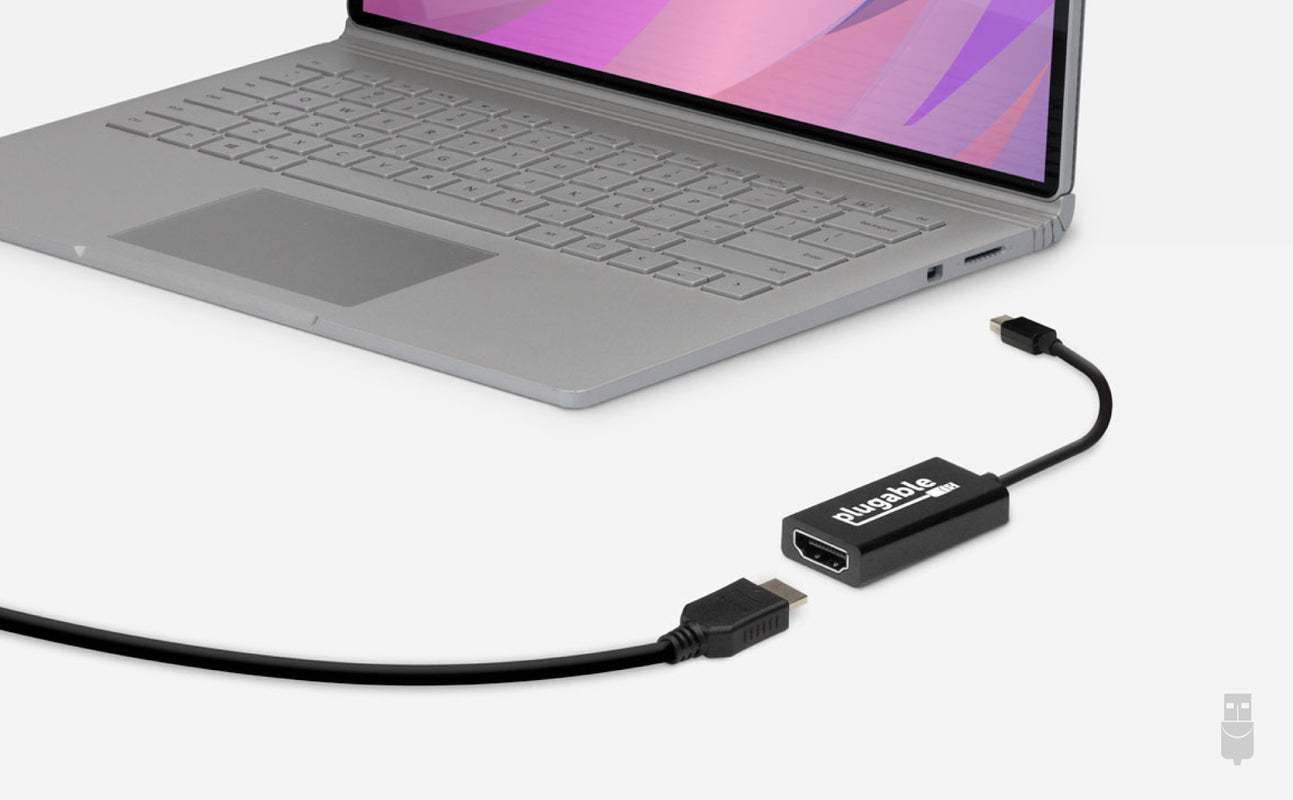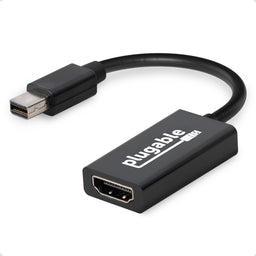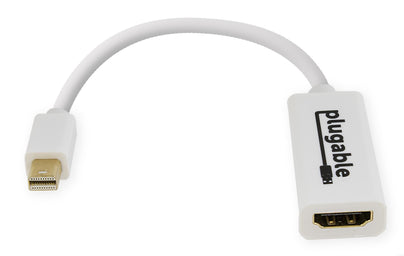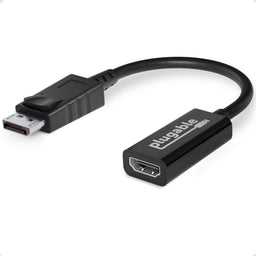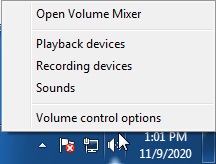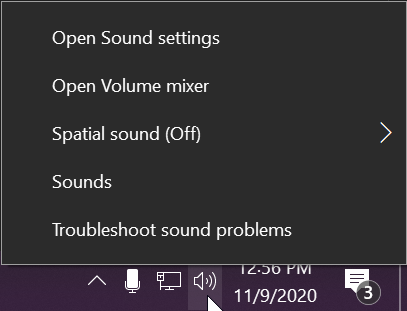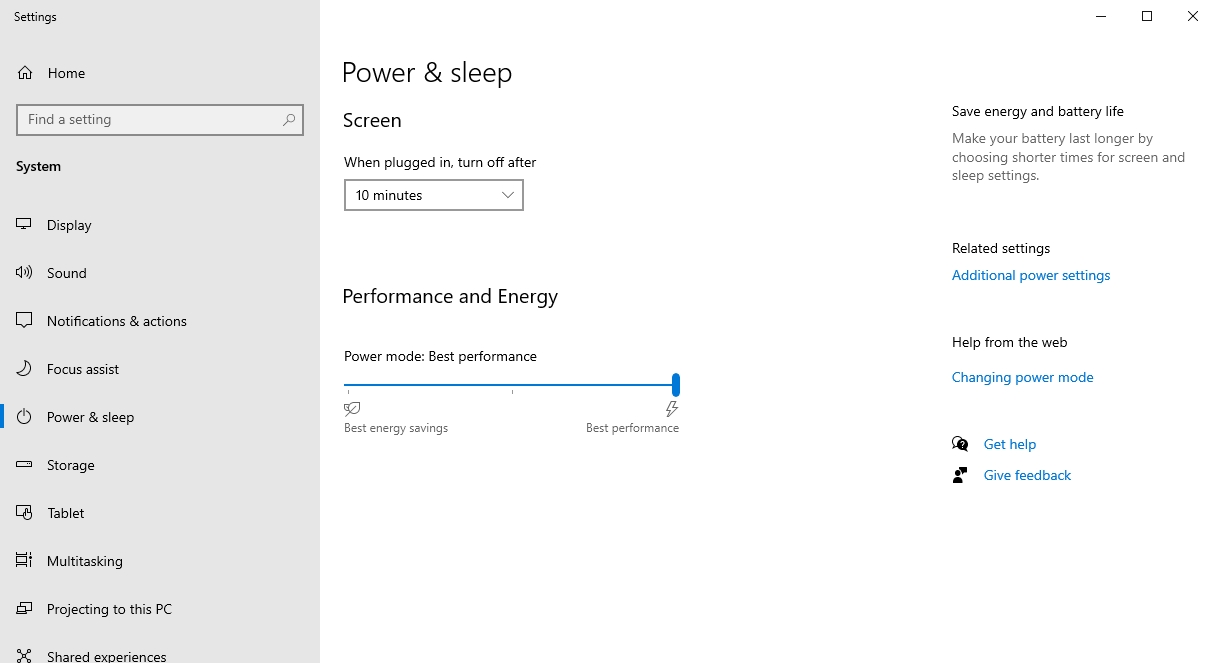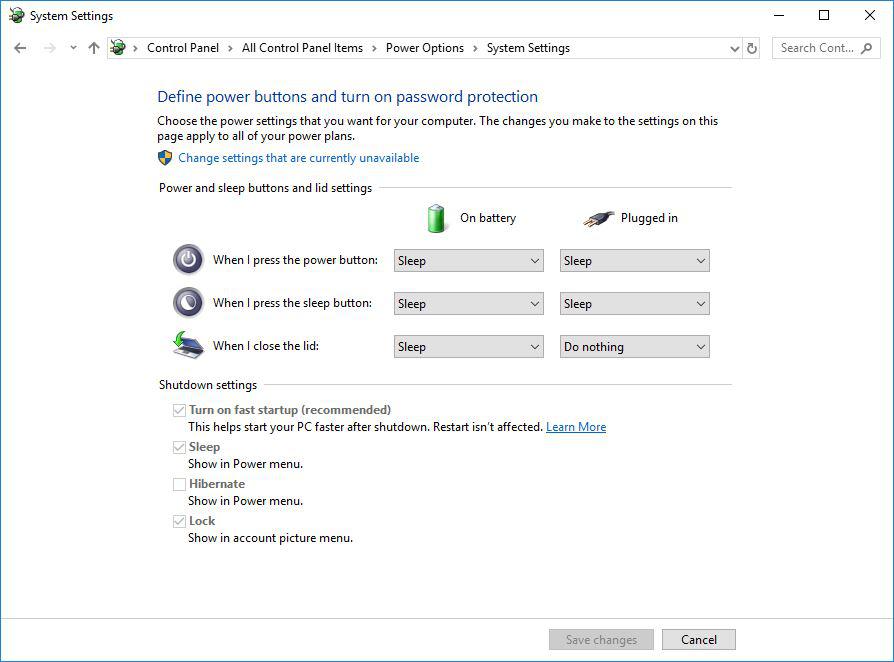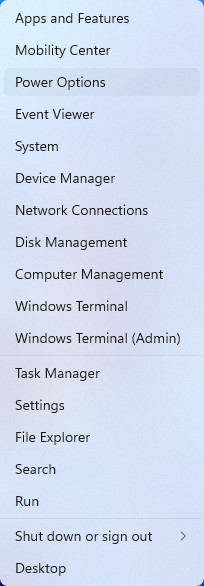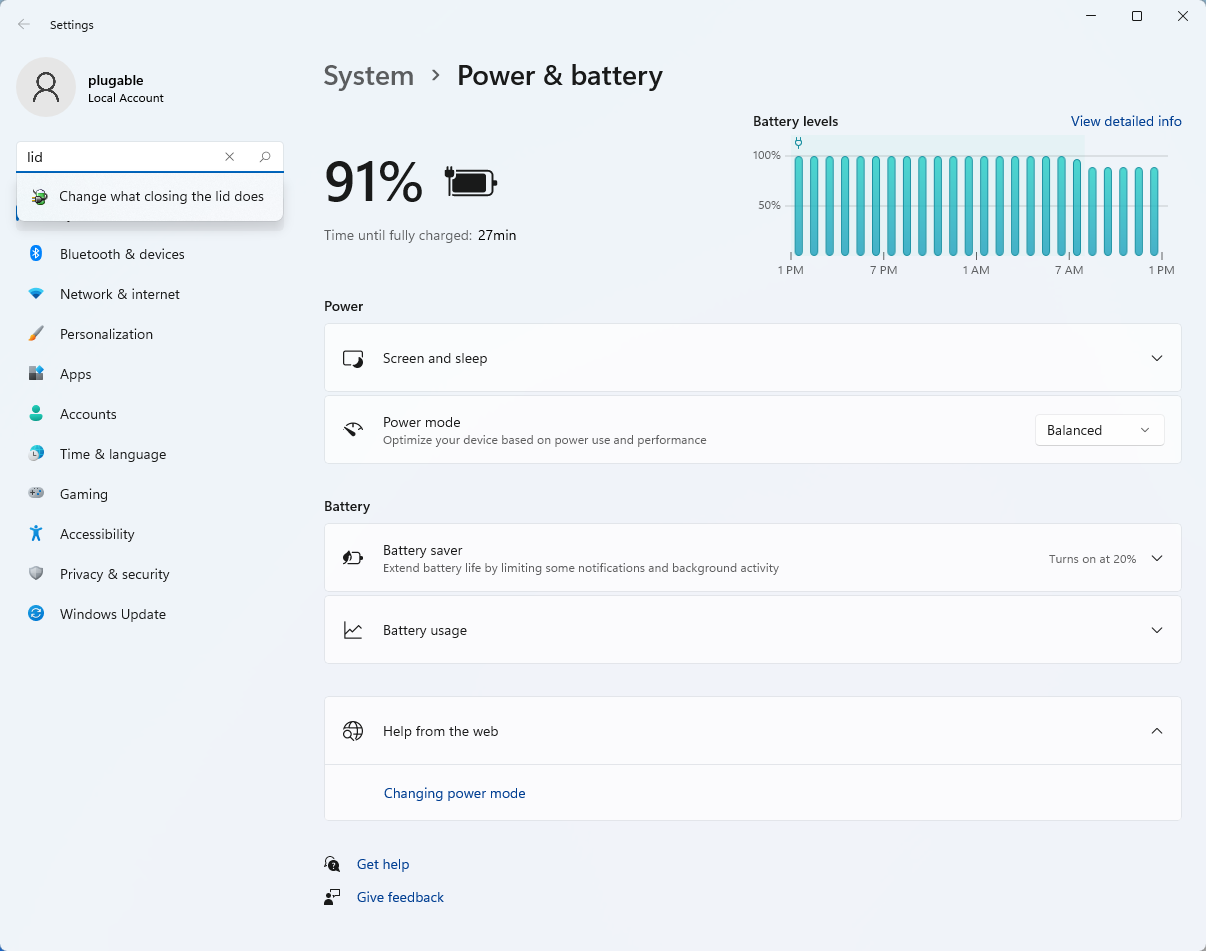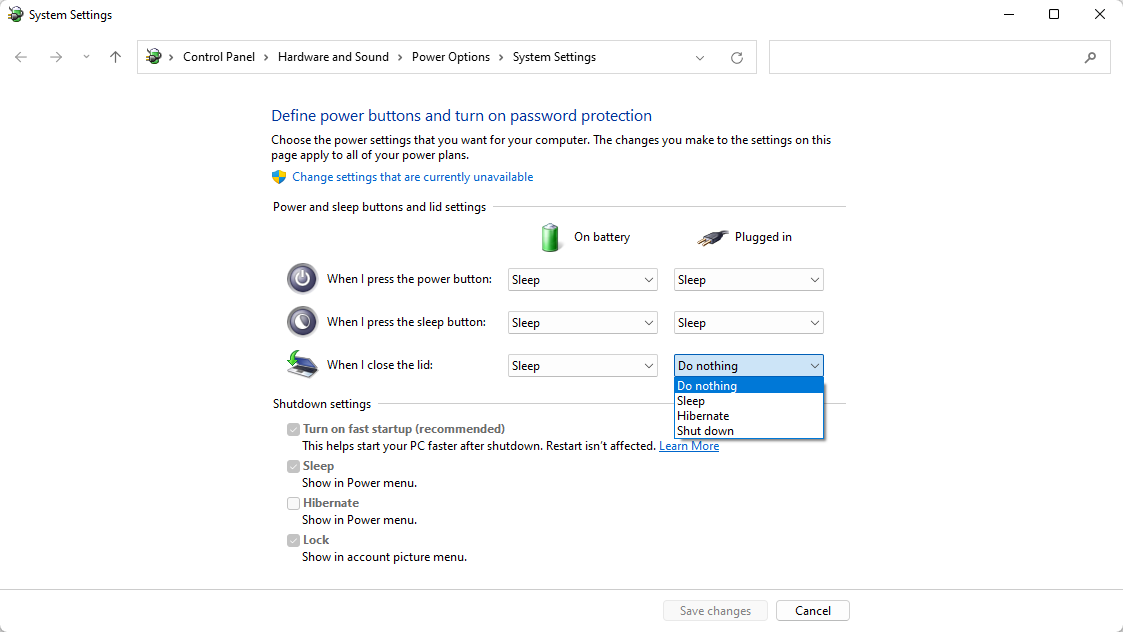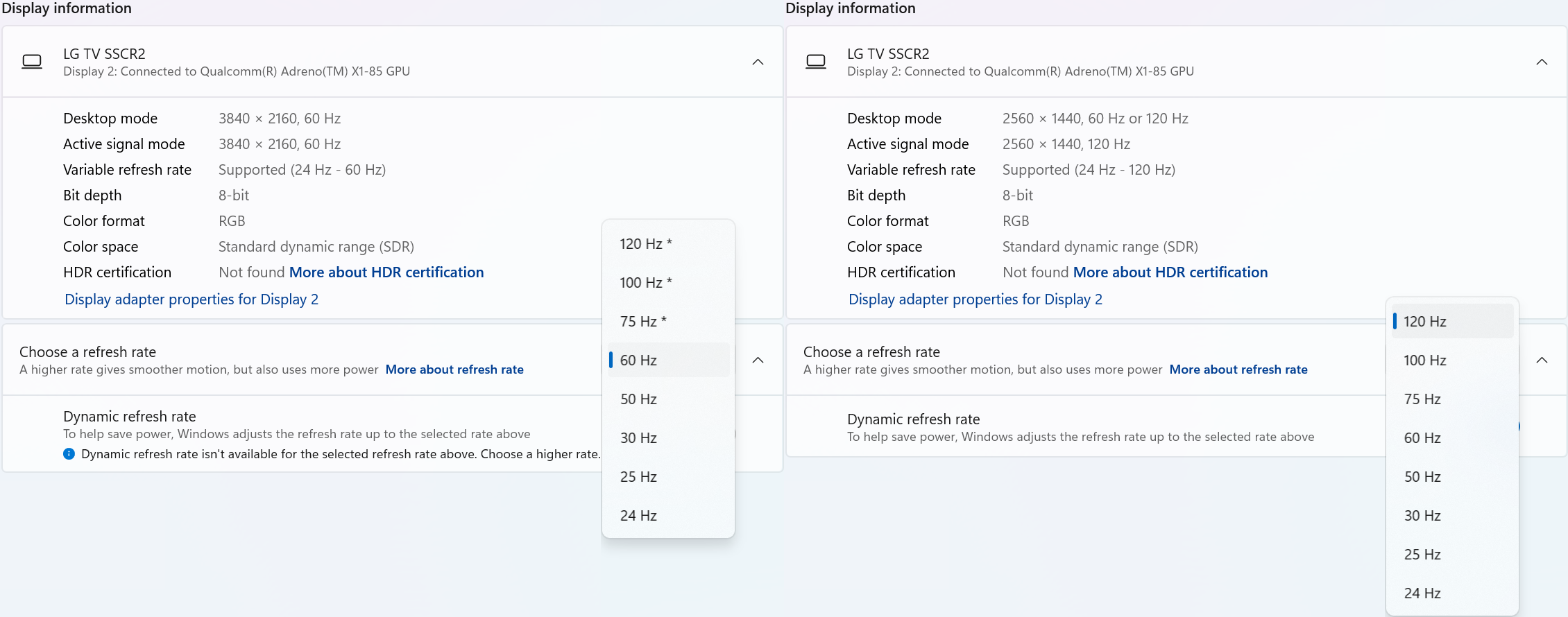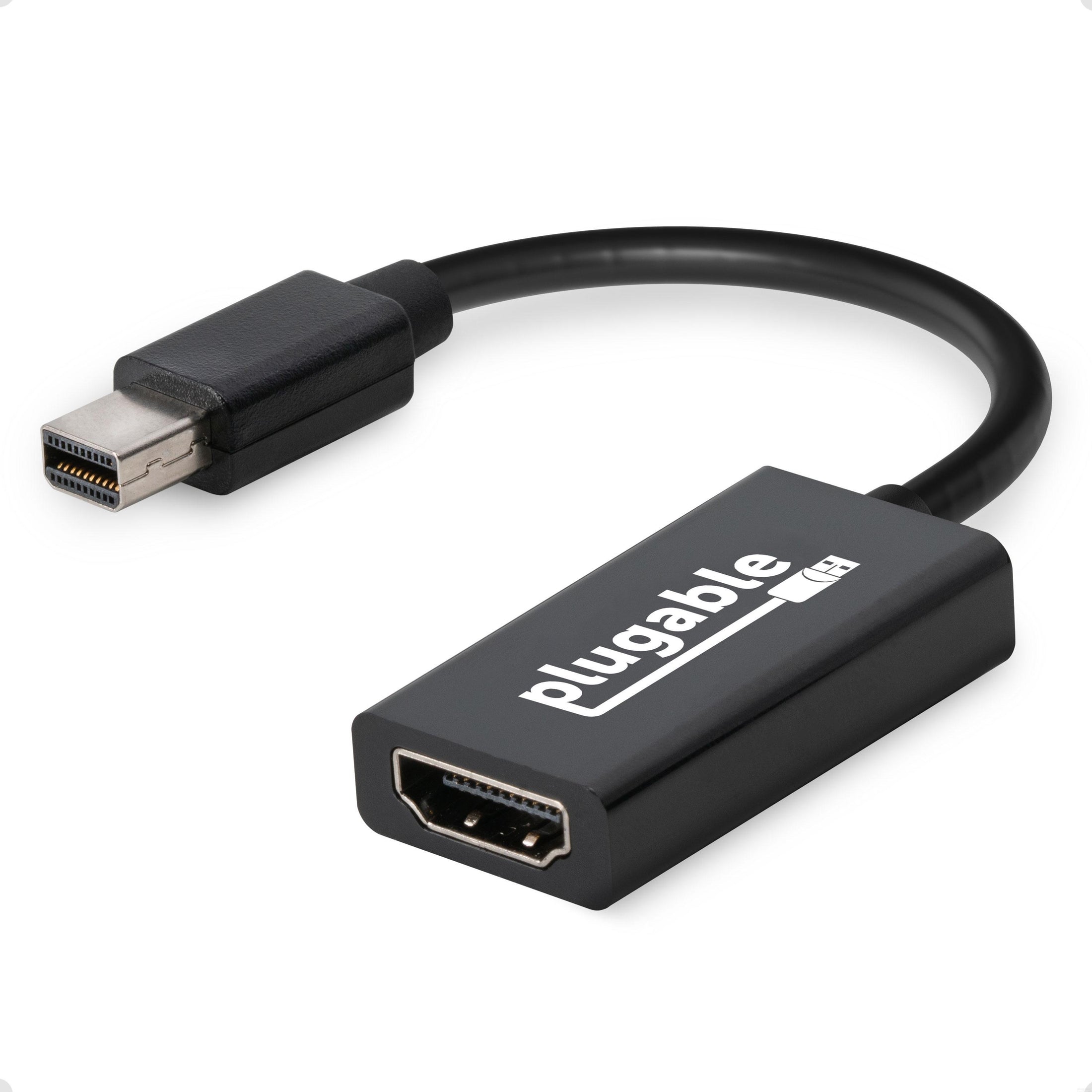
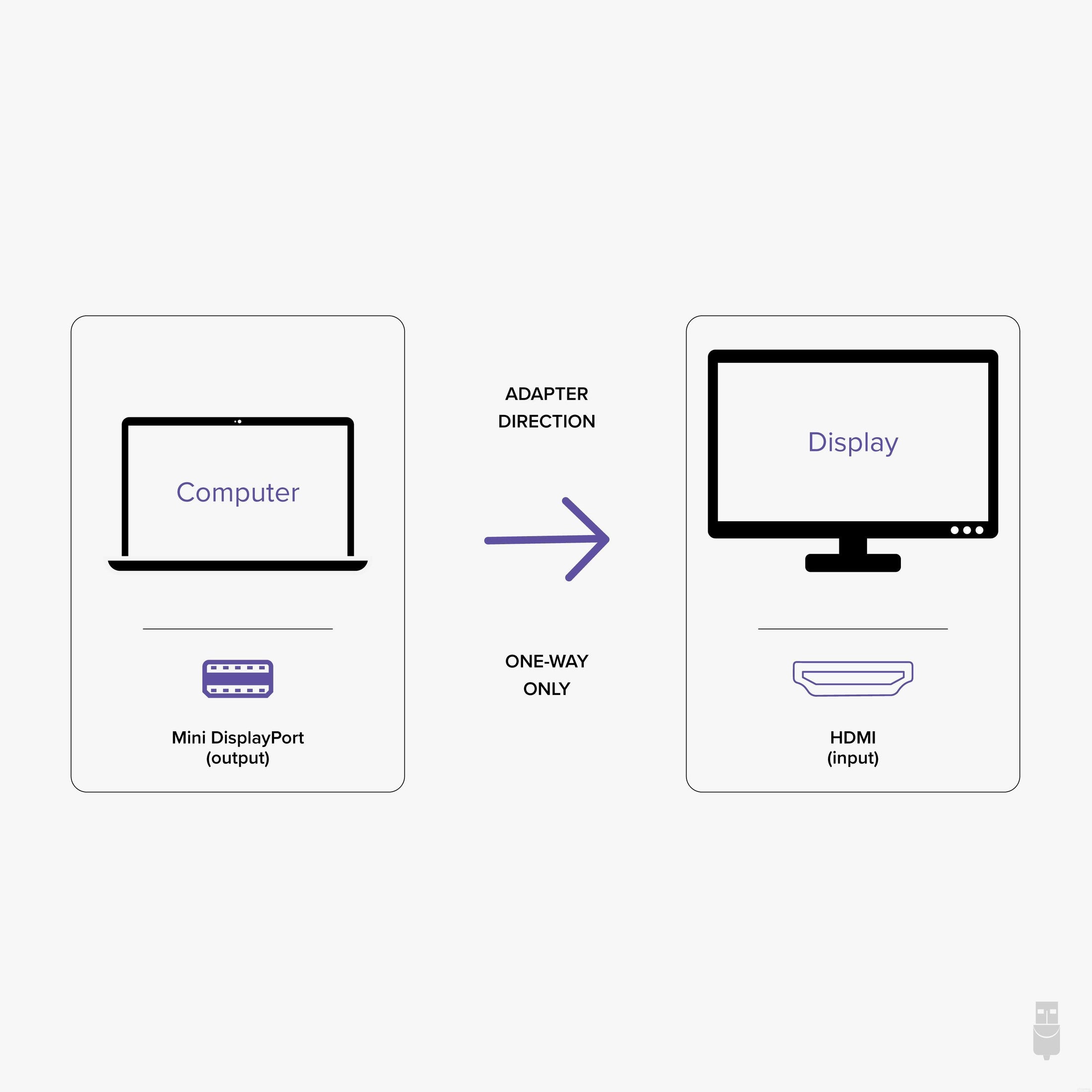
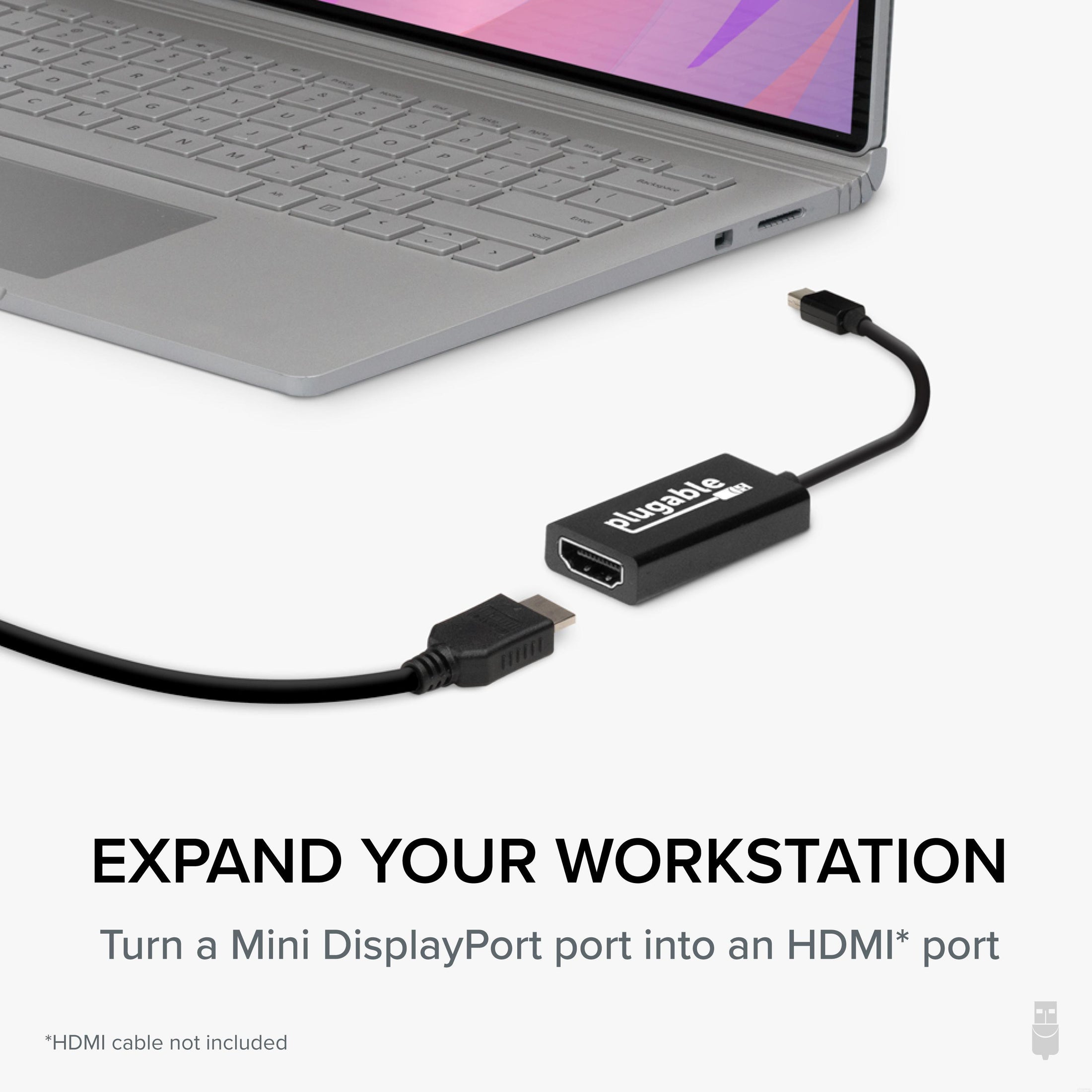
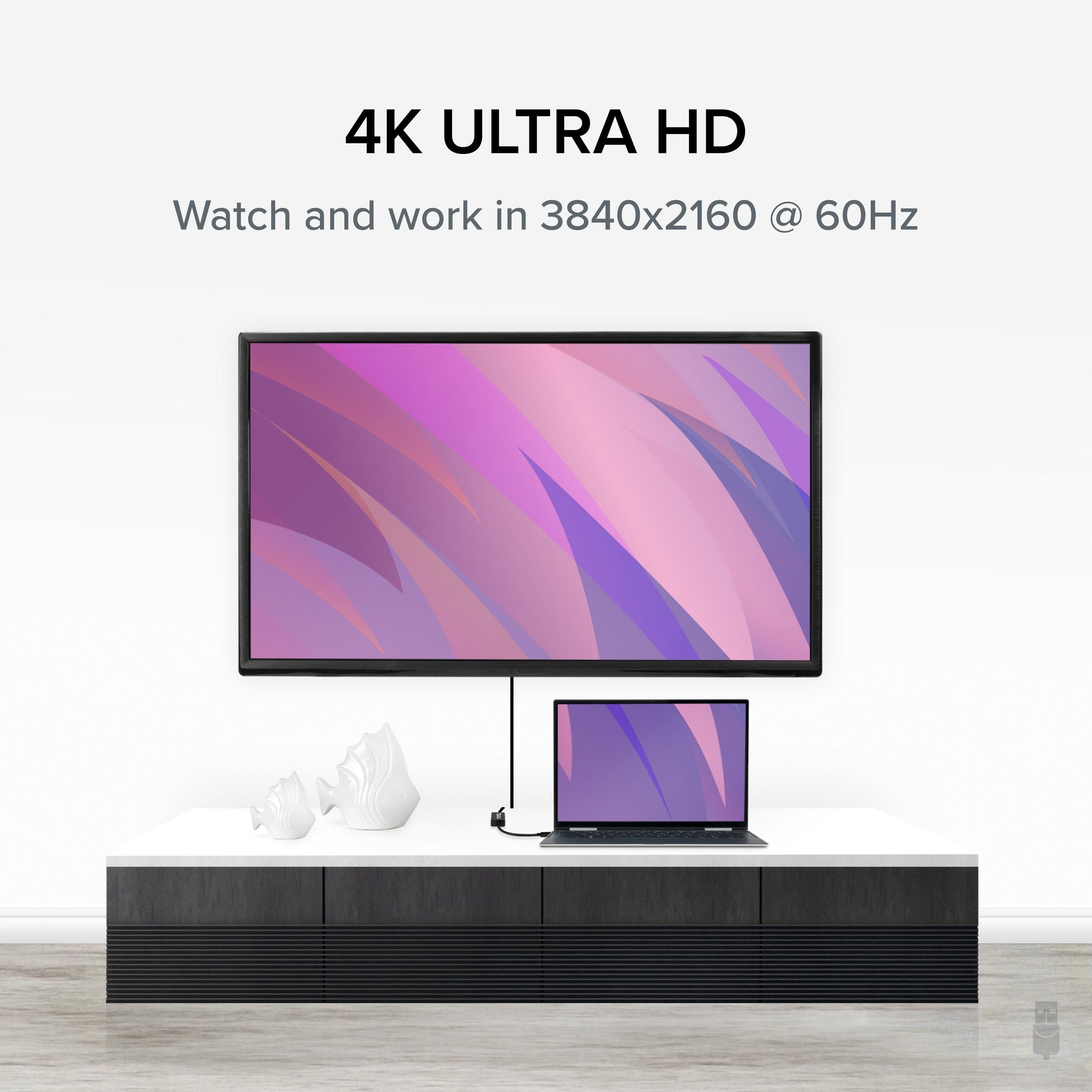










Hassle free, 2-Year Warranty
Fast, Free Shipping on Orders $35+
Lifetime Technical Support
30-Day Money Back Guarantee
Plugable Mini DisplayPort/Thunderbolt™ 2 to HDMI 2.0 Active Adapter
$33.95 USD
SKU: MDP-HDMIAmazon Rating : (1050 Reviews)
Features
- mDP to HDMI Adapter— Converts a Mini DisplayPort output on your laptop or desktop to HDMI for easy connection to an HDMI capable display, monitor, or HDTV
- Supported Resolutions— Supports HDMI displays up to 3840x2160 @ 60Hz (4K) resolution
- AMD Eyefinity Compatible— VESA (DisplayPort) certified. Compliant with VESA Dual-Mode DisplayPort 1.2, High Bit Rate 2 (HBR2), and HDMI 2.0 standards
- Compatibility— Active Adapter is compatible with Older Macs and Surface PCs with Mini DisplayPort 1.2 output ports and HDMI 2.0 displays. Not bidirectional. Note your source and display both need to support desired resolution
- 2-Year Coverage, Lifetime Support— Every Plugable product, including this mini DisplayPort, is covered against defects for 2 years and comes with lifetime support. If you ever have questions, contact our North American-based team - even before purchase



